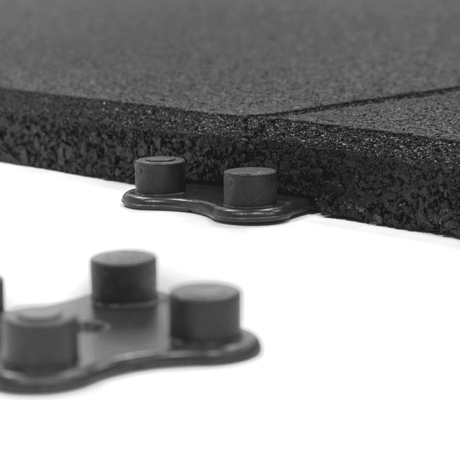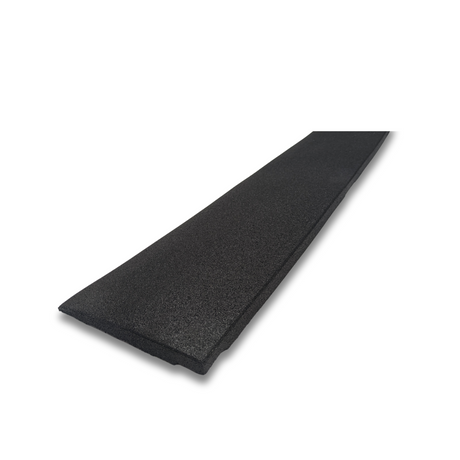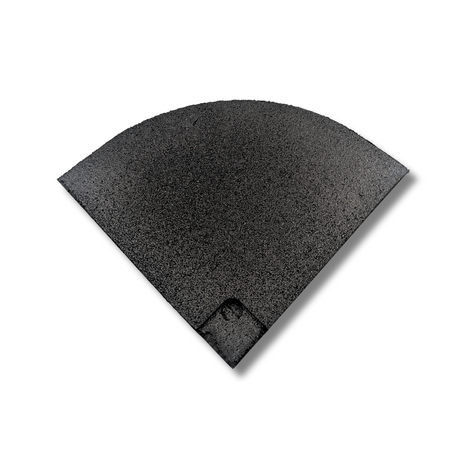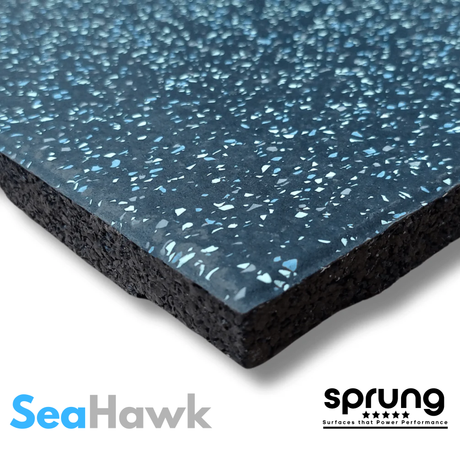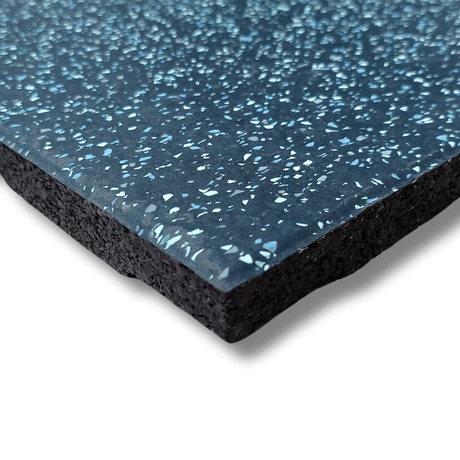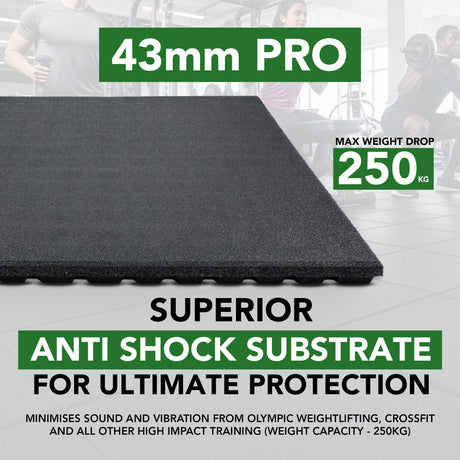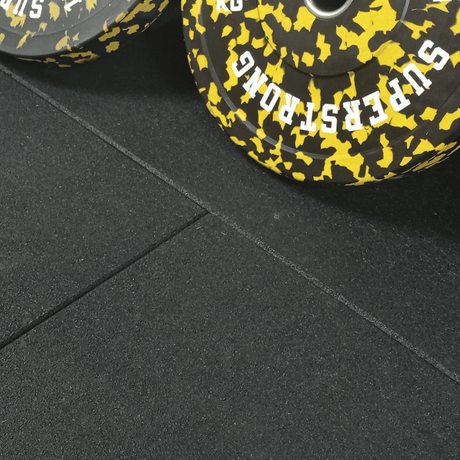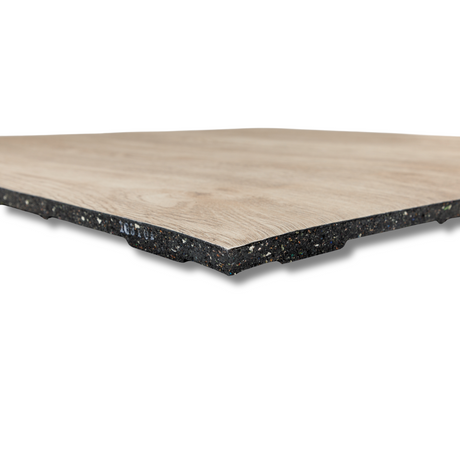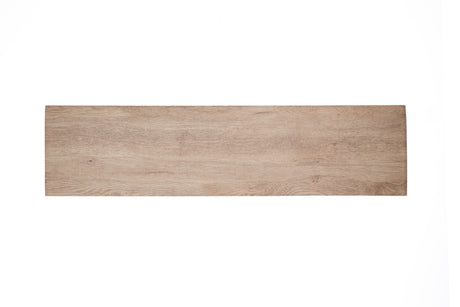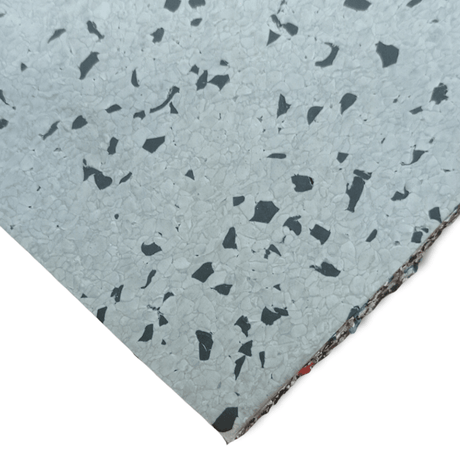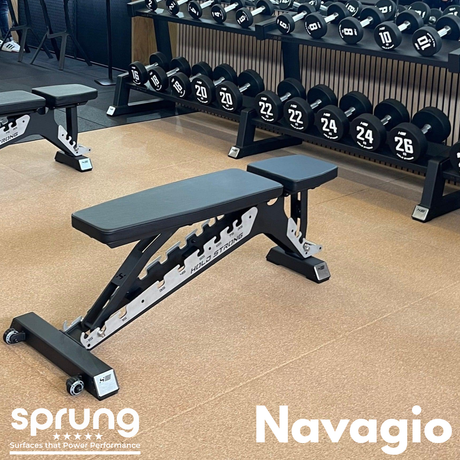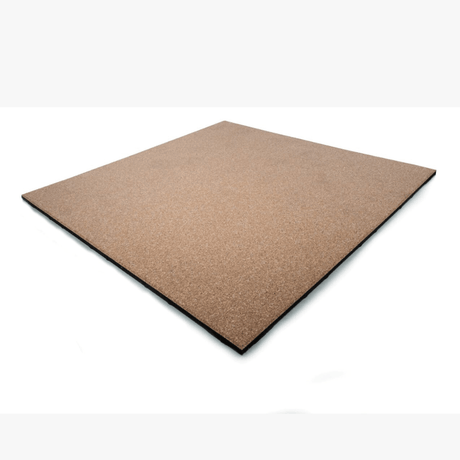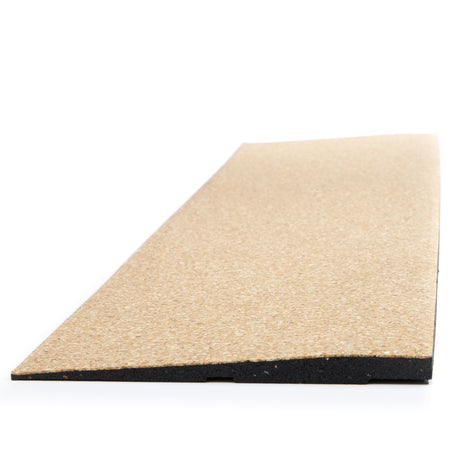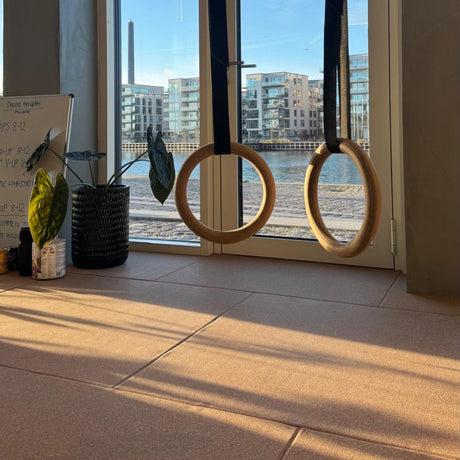Over the last few years, Parkour has taken the UK by storm with Parkour Parks and Activity Centres sprouting up all over the country. The fast-paced urban sport has gained popularity with kids and adults alike with some merely enjoying the fitness element and others embracing the full philosophy of the discipline and the lifestyle it offers.
In this blog we delve into the world of parkour, what it means, how it's practiced and why. We look at the differences between the original form of Parkour and other variations, such as Freerunning which shares many of the same techniques but varies in core principles.
If you've ever wondered about Parkour and why some kids are leaping of buildings, then read on to get the lowdown.
Table of Contents
What is Parkour?

When we speak of Parkour, it's not unusual to imagine skateboard types scaling walls and jumping from rooftops at scary heights. But it's surprisingly much more than that.
Parkour is a highly regarded discipline with a rich theology and a thriving community. Since the early 00's, enthusiasts and traceurs have come together, creating events, competitions and training courses as well as popular videos, documentaries and gaming content.
In its simplest explanation, parkour involves overcoming obstacles while getting from Point A to Point B using various movements and techniques, such as running, jumping, climbing, vaulting and spinning. The athletic discipline uses speed and power to advance through natural or rural terrain as quickly and skilfully as possible.
What makes this adventurous sport so unique is that it is practiced outdoors, using the landscape as its platform, whether in an urban or rural setting. More recently, parkour enthusiasts use Parkour Parks to practice their techniques and movements. These spaces have specially designed equipment and agility apparatus for users to master their skills in a safe environment and is particularly popular for beginners.
How did Parkour come about?
With military roots and a strong Martial Arts influence, the name Parkour was established by David Belle in the nineties. He was inspired by his military-trained father (Raymond Belle) to create a method of training that focused on human performance and endurance that enhanced all aspects of life. It combined creative, athletic movement, mental strength and a strong work ethic to challenge and motivate people to strive for their own personal potential.
In fact parkour is often described as a discipline in itself as opposed to a sport. Its core philosophy is based on overcoming and adapting to mental and emotional obstacles as well as physical barriers. Similarly, its essence is about engaging with the world around us, using our own natural abilities to overcome obstacles and fears that stand in our way. Many practitioners today have created a lifestyle based on these values, encouraging personal growth and life balance.
"Parkour is not a set of tricks or skills; it is a way of facing your fears and overcoming obstacles"
David Belle
What type of exercises are involved in Parkour?

There are a few different forms of Parkour or rather variations which have derived from the discipline.
Parkour works like a military obstacle course with the athlete running, jumping, leaping, swinging and climbing through the environment. They use ledges, walls, rooftops and rails to create fast and fluid ways of progressing through obstacles, using both mind and body.
Practicing the discipline at a high level requires an advanced degree of body strength, excellent balance and a strong mental acuity. The training involves consistent bodyweight and strength building exercises, plyometric workouts and body conditioning to build power and speed.
Training Exercises (suggested by the WFPF Word Freerunning Parkour Federation)
- Pull Ups
- Broad Jumps
- Handstands
- Monkey Plants
- Knees to Elbow
- Air Squats
- Quadrupedal Moves
What are the Differences between Parkour & Free Running?

FreeRunning is based more on the art and expression of movement with less focus on overcoming obstacles. It has a more theatrical element to the sport and athletes perform flips, spins and other acrobatics. Like Parkour, Freerunning requires quite intense training to master the balance and agility needed to perform.
One of the main differences of Freerunning to Parkour is the values behind it. Parkour is about the discipline of oneself and is more about individual progression. Freerunning on the other hand is more sociable and centres around the performance aspect.
What are classic Parkour moves?
Parkour tends to be made up of a series of moves, each with several techniques - Vaults, Landings, Walls, Bars and Combinations.
Here are some examples:
- Speed Vault - used to quickly jump over low walls and rails
- Precision Landing - also used in Freerunning, the athlete starts and lands on an exact spot with limited momentum
- Cat Leap - this move is used regularly to land on to a high wall or ledge from a running jump
- Lache - this is a swing from one bar to another using backwards momentum to reach forward
- Double Kong - used to leap over large gaps or multiple objects like a double wall, the athlete pushes off twice rather than landing
In Summary:

Is there any equipment needed to practice Parkour?
Unlike many sports, Parkour doesn't require specialist equipment. However, to train, an athlete would benefit from strength training kit such as Pull-Up Bars, Gym Rings and Plyo Boxes for building up power and body strength.
Lightweight or shock absorbent shoes and protective gloves are preferred for some although many enthusiasts favour bare feet and hands.
Protective mats are useful for home training or specialist Parkour Gym Mats for ultimate safety at outdoor training centres.
Similarly, sled tracks and speed lanes are great features to have within a training facility to carry out speed and agility work. These can be used indoors or as outdoor functional training surfaces.
Is Parkour Safe?

Parkour is as safe as any other high impact sport if it is practiced properly. Athletes should be fully trained with a high level of fitness and skill before attempting to perform in the urban environment. With proper Parkour training, athletes become better at making informed decisions about specific feats and high risk moves and are able to determine what is achievable and what is best avoided.
There is a strong etiquette of respect within the Parkour circles which acknowledges responsible training and appreciation for the environment, society and safety of others.
Where can I practice Parkour?
Parkour parks are a good way of training outwith the natural environment and are best for beginners who can practice in a safer space with less height and cushioned surfaces for extra support. These training spaces are kitted out with boxes, walls, fences, rails and agility equipment with proper high density rubber surface mats that absorb impact from landings, falls and possible accidents.
Many sports centres, schools and universities now offer Parkour training courses as well as a number of community events where enthusiasts can meet up and train together.
Final Thoughts
Parkour is not your average sport. It takes time, effort and commitment to reach the standard you witness on You Tube. That being said, it is becoming more inclusive and accessible with the increase of Parkour Parks and Training Centres allowing young kids to experience the thrills of the sport in a safe setting.
Parkour is a personal pursuit - everyone has the natural ability to thrive in this style of training and experience the liberty of movement. It does require a certain level of commitment but there are no set rules on what you should achieve, how advanced you should be and how slick your performance is. You are free to take from it what you need.
Whether you appreciate the artistic movement of freerunning or prefer the disciplined approach of Parkour, both variations of the sport have one thing in common - the freedom of movement and expression within the environment. This in turn makes both methods equally rewarding.
Explore our safety mats and high impact flooring solutions for Parkour and other high intensity training.








